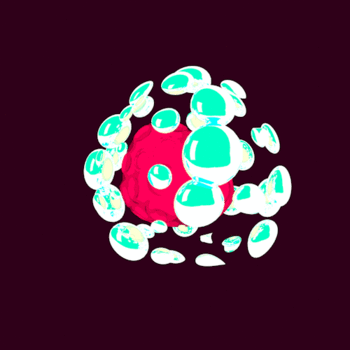How does evolution start?
2 Answers
With a change in environment.
Explanation:
Biological evolution, the process, can be described with the following general "scheme":
This is the basic rule for evolution. Organisms experience some kind of a change in their surroundings or environment, and they have to adapt over time to keep their species going. If organisms do not adapt and undergo evolution to a change, then they will, in the end, die. Therefore, the first step in evolution is a change in an environment or surroundings.
I hope that helps!
Evolution results first from genetic variation both naturally occurring and due to mutations.
Explanation:
Natural selection can only work to cause genetic variation to become extinct. Evolution by definition is genetic change. Darwinian or Neo Darwinian evolution is by definition an increase in genetic information resulting in descent with modification.
All changes then start with genetic variation which can be "selected by natural forces of survival and reproduction. If the genetic information in a population is all the same there is no possibility of change. If one form of genetic information provides an advantage in either survival or ability to reproduce that form will increase in the population resulting in a change in the organisms.
A change in the environment can create the conditions where one variation has an advantage to the other variations that didn't exist before. This will result in a change in the population.
An example is white skin. A mutation or natural variation of a reduction of pigments resulted in white skin. The ice age and migration to environments in the north where there was less light. The organisms with less pigments were able to produce more vitamin D than organisms with more pigments. This resulted in white skin becoming dominate in countries like Iceland, Norway, and Sweden.
All changes start with variations in genetic information. These variations are then affected by environmental and reproductive pressures.

